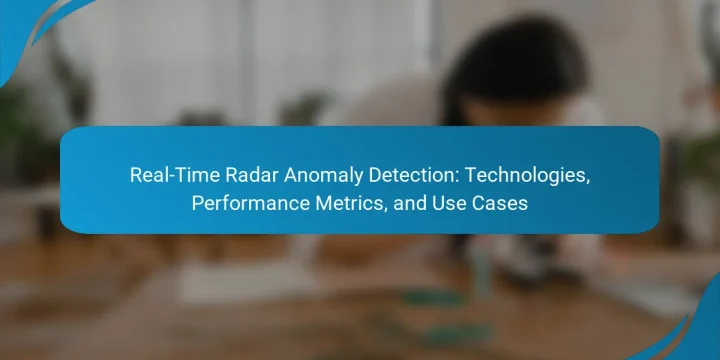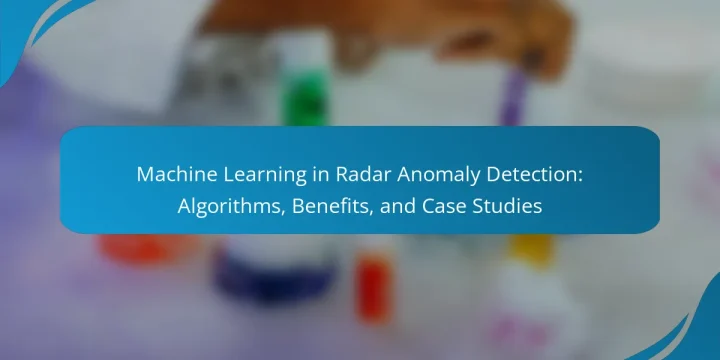
Anomaly detection in maritime radar systems involves identifying irregular patterns in radar data to enhance safety and security in maritime operations. This technology utilizes various techniques, including statistical methods, machine learning, and signal processing, to distinguish between normal and abnormal behavior. The article discusses the challenges faced in anomaly detection, such as high false positive rates and environmental noise, as well as solutions that incorporate advanced signal processing and multi-sensor data integration. Furthermore, it highlights the effectiveness of these methods in improving detection rates and response times, ultimately contributing to safer maritime environments. What is Anomaly Detection in Maritime Radar Systems? Anomaly detection in maritime radar systems is the process of identifying unusual patterns in radar data. This technology monitors maritime environments for irregularities that could indicate potential threats or…








